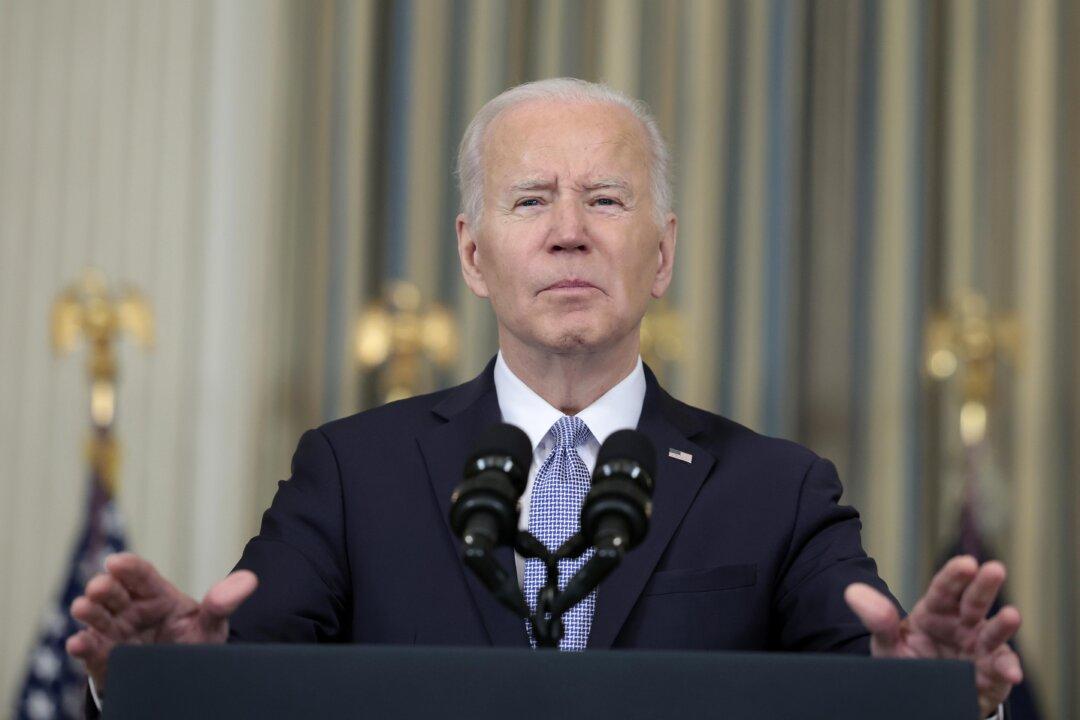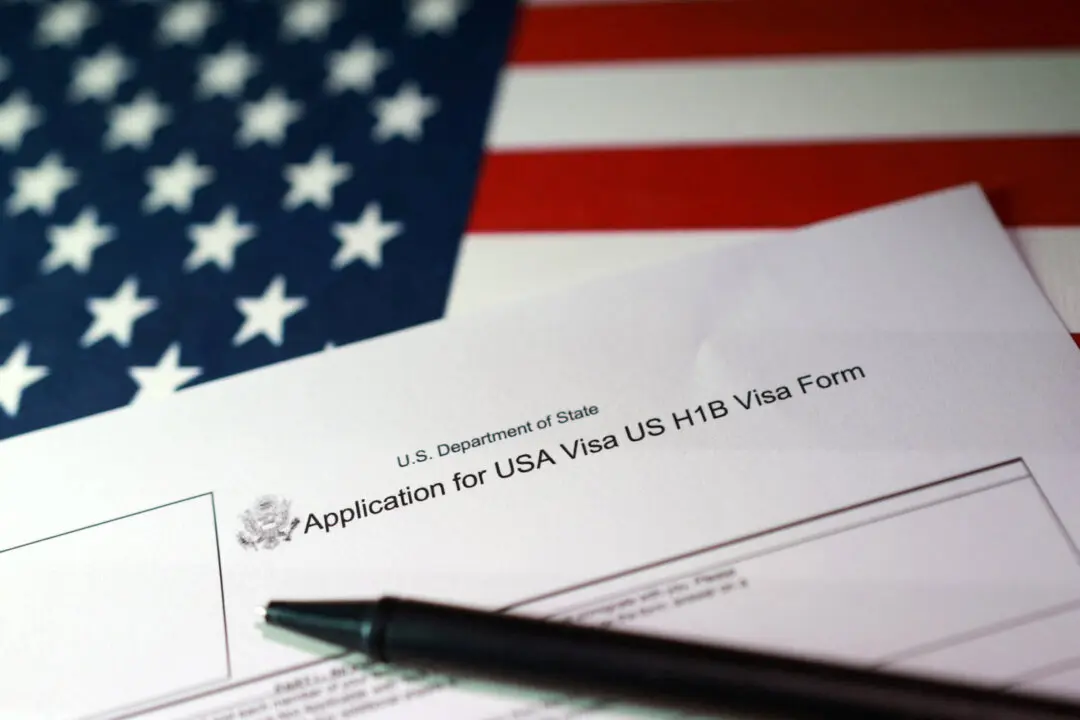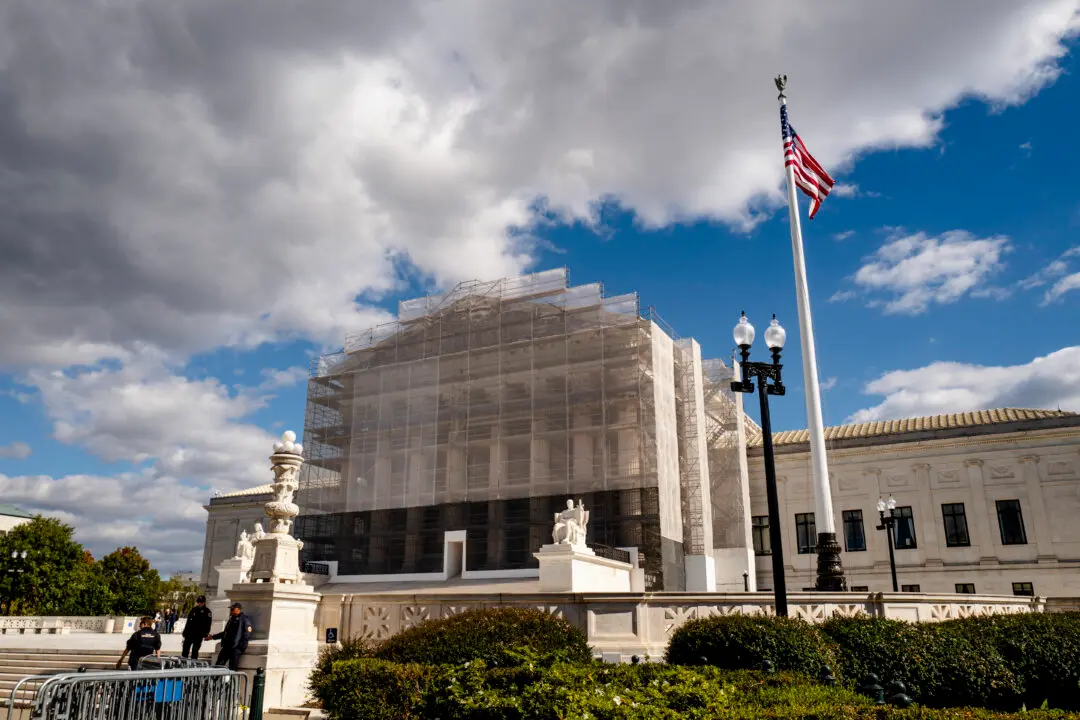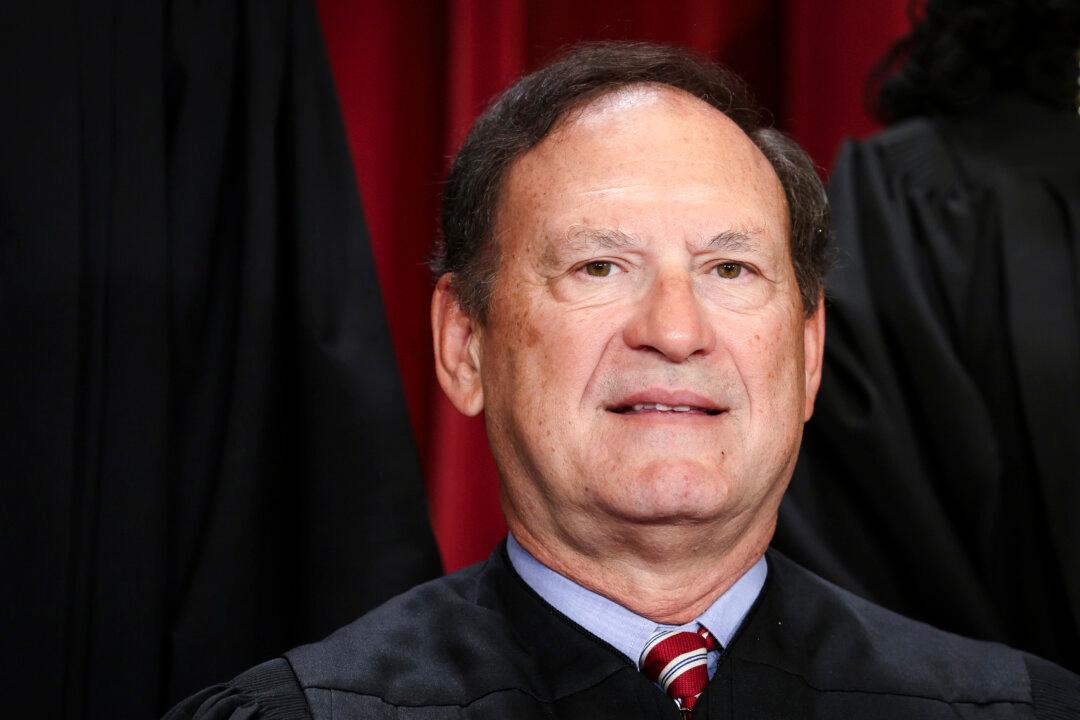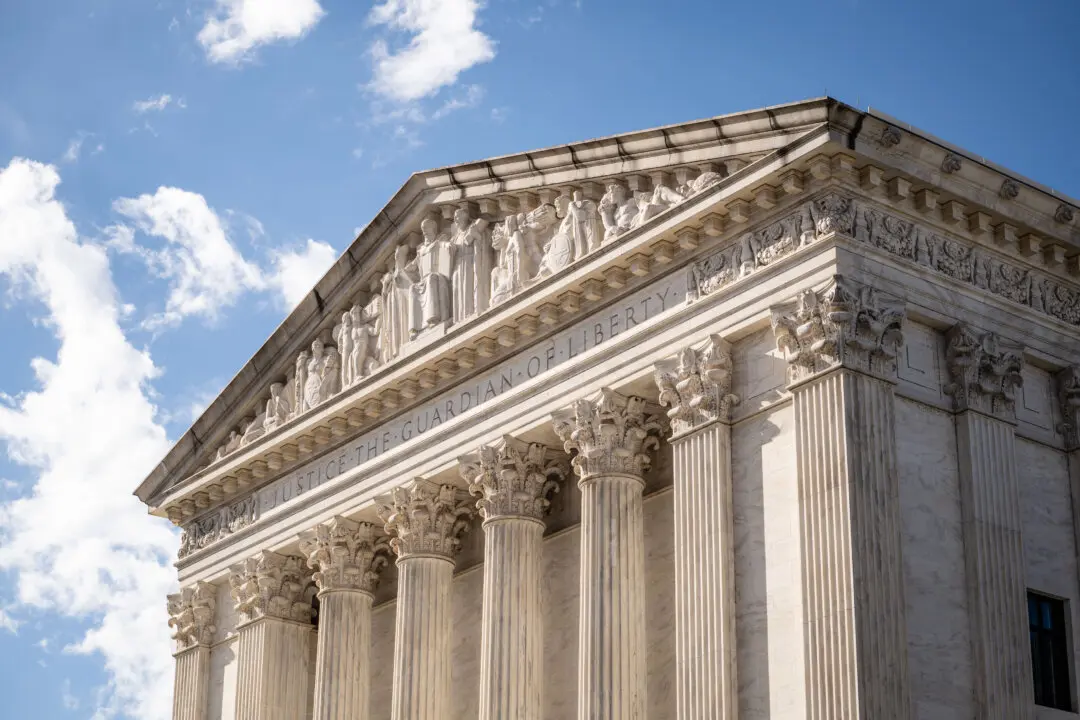Fewer voters now identify themselves as liberal, according to a new national poll.
“The Left is losing the battle for the minds of the American electorate … with voters decreasingly identifying as liberal in recent years,” says the report (pdf) by Morning Consult, a research firm with offices in Washington, New York, and San Francisco.
